Following up after an interview is a crucial step in the job search process. It shows professionalism, interest in the position, and keeps you on the employer’s radar. However, many candidates don’t know the best way to follow up, when to send a message, or what to say. In this guide, we’ll break down everything you need to know about following up after an interview, from timing to email templates. Whether you’ve had a phone interview or an in-person meeting, these tips will help you craft the perfect follow-up strategy.
Why Following Up After an Interview Matters
Following up after an interview is more than just a courtesy—it can make a big difference in the hiring decision. Employers often interview multiple candidates, and a well-timed follow-up can remind them of your interest and qualifications. It also gives you an opportunity to reiterate why you’re the right fit for the role.
A strong follow-up email can:
- Show your enthusiasm for the job.
- Keep you fresh in the interviewer’s mind.
- Demonstrate good communication and professionalism.
- Provide a chance to address anything you forgot to mention during the interview.
If done correctly, following up can improve your chances of getting hired, making it a crucial step in your job search strategy.
When Should You Follow Up?
Timing is everything when it comes to following up after an interview. If you send your follow-up message too soon, it might come across as impatient. If you wait too long, the employer may have already made a decision.
Here’s a general guideline for when to follow up:
- Right after the interview: Send a short thank-you email within 24 hours. This shows appreciation for the opportunity and keeps the conversation going.
- One week later: If you haven’t heard back, send a polite follow-up email asking about the status of your application.
- Two weeks later: If you still haven’t received a response, you can send one final follow-up email. After that, it’s best to move on.
If the employer gave you a specific timeline for their decision, wait until that period has passed before following up.
Follow Up After a Phone Interview
Phone interviews are often the first step in the hiring process, and following up afterward is just as important as after an in-person interview. Since phone interviews are usually shorter and less formal, your follow-up should be concise and to the point.
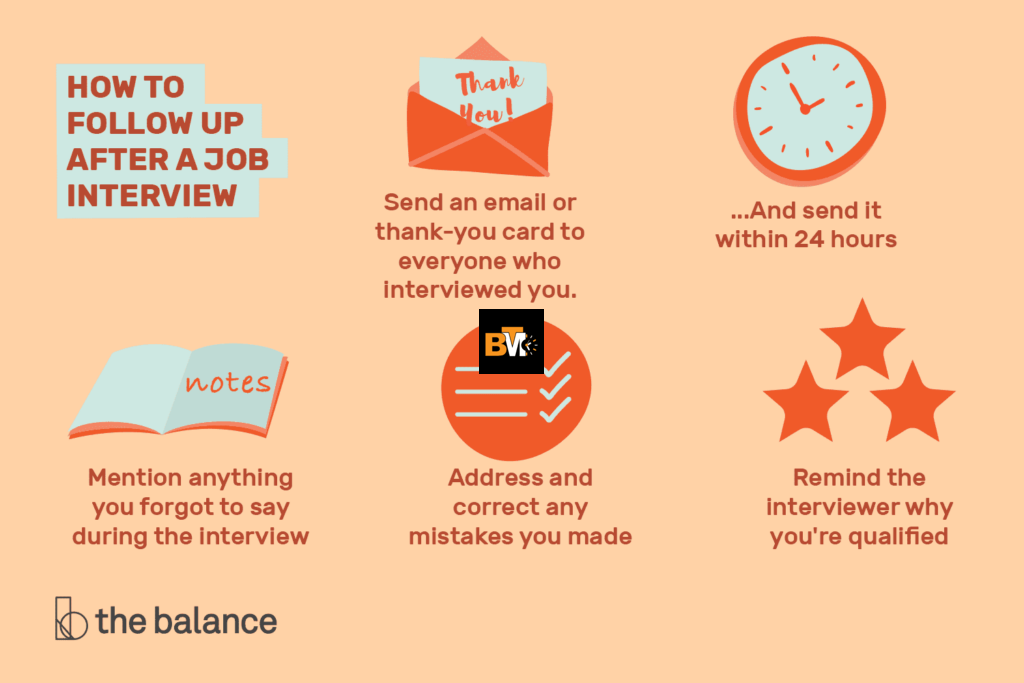
- Send a thank-you email within 24 hours.
- Reiterate your interest in the role and highlight one key point from the conversation.
- If the interviewer mentioned a timeline for their decision, reference it in your email.
A quick, well-written follow-up email can help you stand out and increase your chances of moving to the next round.
Follow Up After an In-Person Interview
After an in-person interview, a follow-up email should be more detailed. You’ve likely spent more time with the interviewer, so use your email to reinforce the key points from your conversation.
- Thank the interviewer for their time.
- Mention something specific from the interview to make your email more personal.
- Express enthusiasm for the role and the company.
- Politely ask about the next steps if they weren’t discussed.
This approach shows that you’re engaged and serious about the opportunity.
What If You Haven’t Heard Back?
Waiting to hear back after an interview can be stressful, but it’s important to stay professional and patient. If you haven’t received a response within a week, a polite follow-up email is appropriate.
- Keep your message short and professional.
- Mention the date of your interview and express continued interest.
- Ask if there’s any update on the hiring process.
If you still don’t get a response after two follow-ups, it’s best to move on. Employers sometimes take longer to make a decision, but too many follow-ups can come across as pushy.
Best Ways to Follow Up After an Interview
There are several ways to follow up after an interview. Here are the most effective methods:
- Email: The most professional and widely accepted method.
- Phone Call: If the interviewer mentioned a follow-up call, it’s okay to reach out.
- LinkedIn Message: If you connected with the interviewer on LinkedIn, a short message can work.
Email is the safest and most professional choice, but if you have a strong rapport with the interviewer, a phone call or LinkedIn message can be appropriate.
How to Write a Perfect Follow-Up Email
Writing a follow-up email doesn’t have to be complicated. A simple, well-structured email can make a great impression.
- Start with a warm greeting (e.g., “Dear [Interviewer’s Name],”)
- Express appreciation for their time and the opportunity.
- Reiterate your interest in the role and highlight a key point from the interview.
- Ask about the next steps in the hiring process.
- Close professionally (e.g., “Looking forward to your response. Best regards, [Your Name]”).
A well-crafted email shows professionalism and keeps you on the interviewer’s radar.
Subject Line Examples
The subject line of your email is important—it should be clear and professional. Here are some good examples:
- Thank You for the Interview – [Your Name]
- Following Up on [Job Title] Interview
- Great Speaking with You – Follow-Up on Interview
- Checking In: Next Steps for [Job Title] Role
A good subject line ensures your email gets noticed.
What to Say in Your Email
Your follow-up email should be polite, professional, and to the point. Here’s an example of what to say:
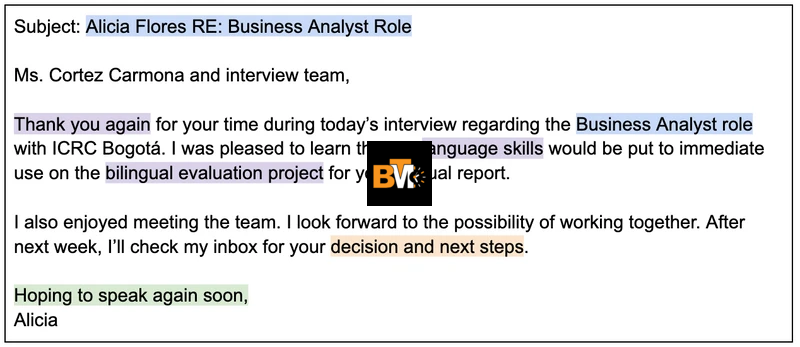
Subject: Thank You for the Interview – [Your Name]
Dear [Interviewer’s Name],
I hope you’re doing well. I wanted to take a moment to thank you for the opportunity to interview for the [Job Title] position at [Company Name]. I really enjoyed our conversation, especially discussing [mention a specific topic from the interview].
I’m very excited about the opportunity to join your team and contribute to [mention something relevant to the role]. If there are any updates on the hiring process, I’d love to hear them. Please let me know if you need any further information from me.
Looking forward to your response.
Best regards,
[Your Name]
This email is professional, appreciative, and keeps the conversation open.
What If You Still Don’t Get a Response?
If you’ve followed up twice and still haven’t received a response, it’s best to move on. Some companies take longer to decide, but if they’re unresponsive, it may be a sign to focus on other opportunities.
Common Mistakes to Avoid When Following Up
Avoid these common mistakes when following up after an interview:
- Following up too soon (wait at least 24 hours before sending a thank-you email).
- Being too pushy (one or two follow-ups are enough).
- Forgetting to proofread (typos and grammar mistakes can hurt your chances).
- Sounding generic (personalize your email based on your conversation).
A thoughtful follow-up can leave a positive impression, while a rushed or poorly written email can do the opposite.
The Bottom Line
Following up after an interview is an essential step in the job search process. A well-written email can show professionalism, enthusiasm, and keep you top-of-mind with hiring managers. Remember to follow up at the right time, be polite and professional, and avoid common mistakes. With the right approach, you can increase your chances of landing the job and making a great impression on potential employers.

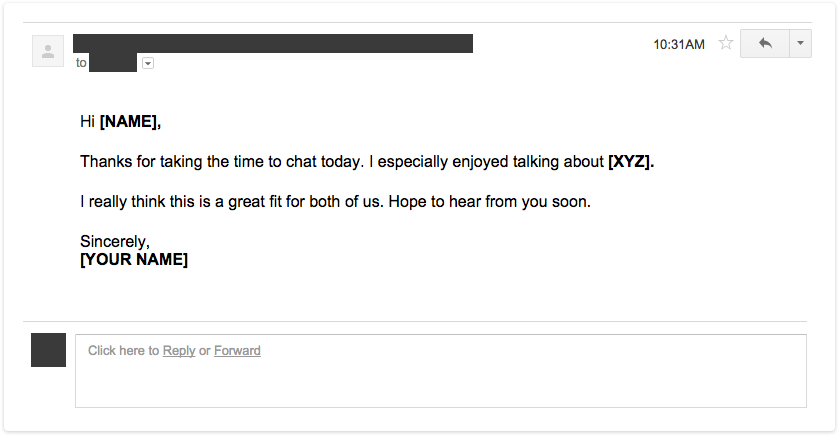

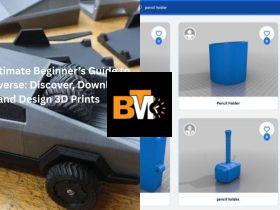
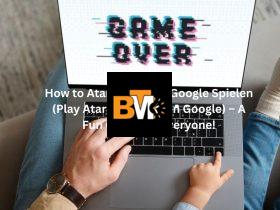


Leave a Reply